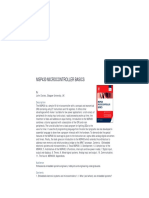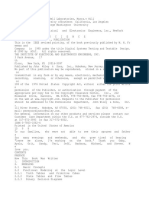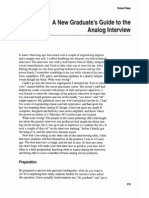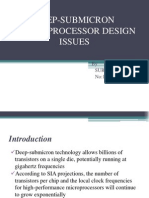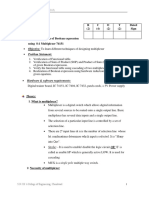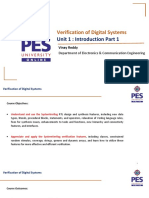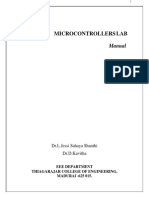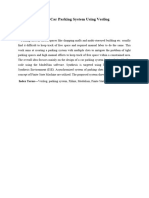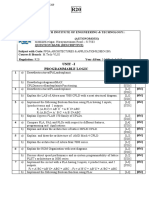0% found this document useful (0 votes)
90 views2 pagesFPGASystemDesign ModelQuestionPaper VTU2022
The document is a model question paper for the subject FPGA System Design using Verilog for the 6th semester under the VTU 2022 scheme. It consists of two parts, with each part containing various questions related to FPGA architecture, programming technologies, design examples, and concepts such as floating-point representation and microprogramming. The questions require both theoretical explanations and practical Verilog coding tasks.
Uploaded by
Narasimha Murthy BCopyright
© © All Rights Reserved
We take content rights seriously. If you suspect this is your content, claim it here.
Available Formats
Download as PDF, TXT or read online on Scribd
0% found this document useful (0 votes)
90 views2 pagesFPGASystemDesign ModelQuestionPaper VTU2022
The document is a model question paper for the subject FPGA System Design using Verilog for the 6th semester under the VTU 2022 scheme. It consists of two parts, with each part containing various questions related to FPGA architecture, programming technologies, design examples, and concepts such as floating-point representation and microprogramming. The questions require both theoretical explanations and practical Verilog coding tasks.
Uploaded by
Narasimha Murthy BCopyright
© © All Rights Reserved
We take content rights seriously. If you suspect this is your content, claim it here.
Available Formats
Download as PDF, TXT or read online on Scribd
/ 2

